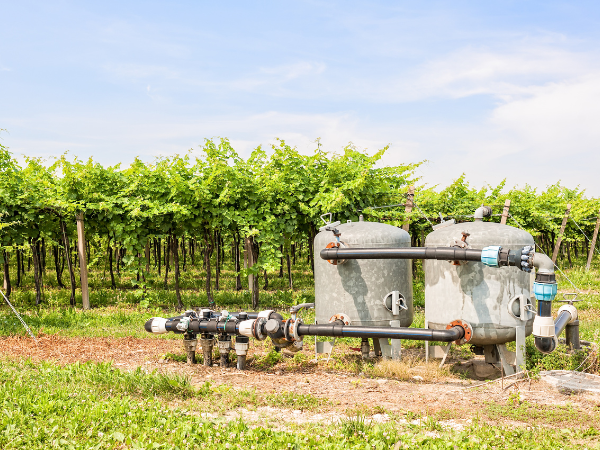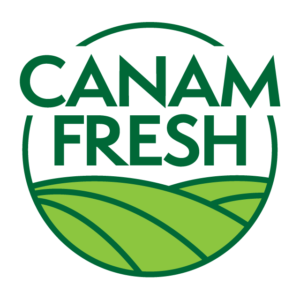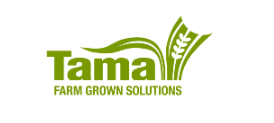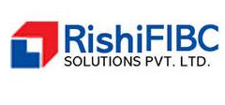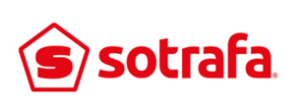Irrigation pumps are the workhorses of many farms, delivering water to crops and ensuring their growth. But what about priming? It’s a common question among farmers using irrigation systems. At Heartnut Grove WWT, we understand the importance of proper pump maintenance and operation. In this blog, we’ll explore the concept of priming irrigation pumps and whether it’s necessary for efficient watering.
What is Priming?
Priming refers to the process of filling the pump and suction pipe with water before starting the pump. It’s typically done to remove any air from the pump and suction line, ensuring that the pump can create the necessary suction to lift water and deliver it to the irrigation system.
Self-Priming Pumps:
Many modern irrigation pumps are designed to be self-priming. These pumps have built-in mechanisms that automatically remove air from the system, making the priming process more straightforward. If you have a self-priming pump, you may not need to manually prime it before use.
Non-Self-Priming Pumps:
Non-self-priming pumps, on the other hand, require manual priming to remove air from the system. These pumps are typically found in older irrigation systems or in situations where self-priming pumps are not suitable due to specific requirements.
When is Priming Necessary?
The need for priming largely depends on the type of pump you have and your irrigation system’s configuration. Here are some scenarios where priming may be necessary:
- Non-Self-Priming Pumps: If your irrigation system uses a non-self-priming pump, you’ll need to prime it to ensure proper operation.
- New Installations: When setting up a new irrigation system or replacing components, priming may be required to remove air from the system.
- Loss of Prime: Sometimes, even self-priming pumps can lose their prime due to system leaks, suction pipe issues, or other factors. In such cases, you may need to re-prime the pump to restore proper operation.
Priming Steps:
If priming is necessary, follow these general steps:
- Close the discharge valve to prevent water from flowing back into the well or water source.
- Fill the pump casing and suction pipe with water by opening the priming plug or valve.
- Turn on the pump and allow it to run for a few moments to remove any remaining air from the system.
- Gradually open the discharge valve to allow water to flow into the irrigation system.
Priming your irrigation pump may be necessary, depending on the type of pump you have and your system’s specific requirements. Proper priming ensures that your pump operates efficiently and delivers water effectively to your crops. Whether you have a self-priming or non-self-priming pump, Heartnut Grove WWT can assist you with pump selection, maintenance, and irrigation system optimization to ensure efficient watering for your farm.
For expert advice on irrigation pumps and related equipment, please contact us today. Stay tuned for more informative blogs as we continue to provide insights into effective farming practices and sustainable agriculture.

